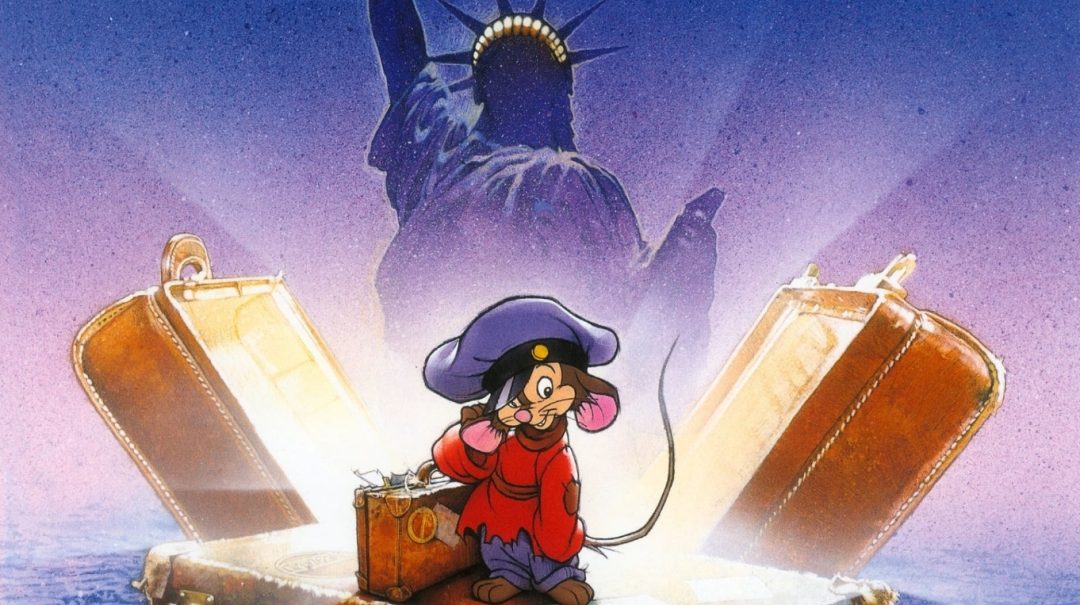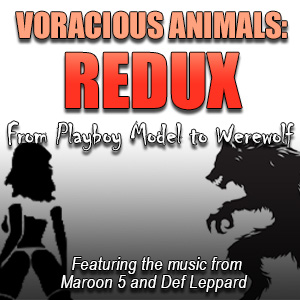An American Tail is a true cinematic masterpiece of animation. I say this knowing full well that this movie is completely nostalgic to me. This classic, directed by Don Bluth and produced by Steven Spielberg, is a heartwarming and enduring story that continues to resonate.
It has unforgettable characters, a timeless message, and masterfully crafted animation. Not only does it hold up to this day, but it’s far better than most animated movies that come out now.
At its core, An American Tail is a story of hope and resilience. Set in the late 19th century, it follows the Mousekewitz family. A group of Russian-Jewish mice who emigrate to America in search of a better life, free from the persecution they faced in their homeland. The journey is fraught with challenges and obstacles, but it’s their unwavering determination and love for each other that drives them forward.
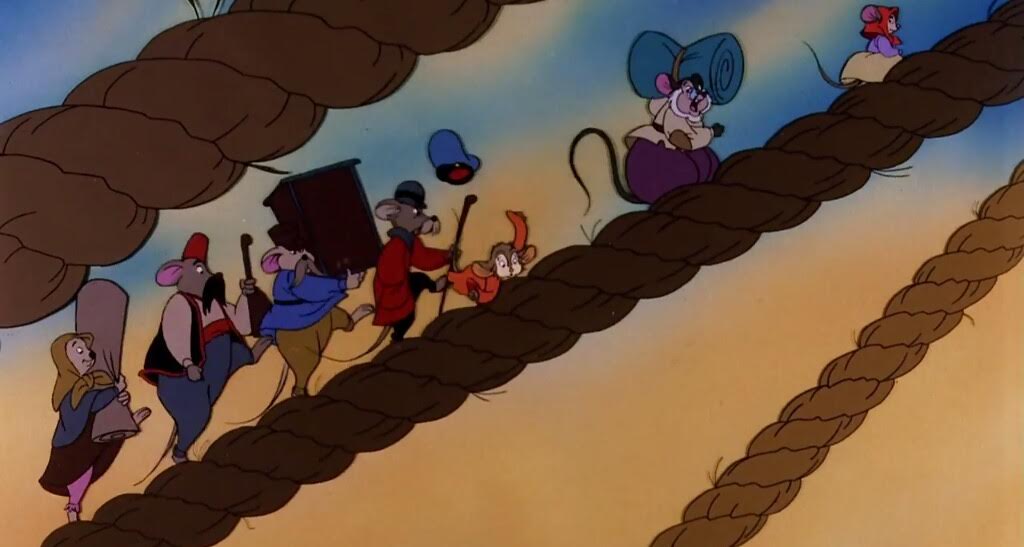
The movie’s protagonist, Fievel Mousekewitz, is an endearing and relatable character. Voiced by Phillip Glasser, Fievel’s innocence and sense of adventure make him an instant favorite. As he becomes separated from his family during their voyage to America, we follow Fievel on his quest to reunite with them. This serves as the emotional anchor.
The rest of the voice acting is great as well. I had no idea before this latest viewing that Christopher Plummer was in this, as a kindly pigeon named Henri. Of course, the best is Dom DeLuise. He’s the voice of the vegan cat, Tiger. He befriends Fievel along his journey. DeLuise was one of the greatest character actors, and I still enjoy seeing him in movies. Each actor brings their character to life with charm and charisma, making them forever memorable.
One of the most remarkable aspects of An American Tail is its ability to tackle complex and weighty themes in a way that is accessible to children. This is something that was often done with animated movies in the 70s and 80s. These days you wouldn’t get anything too challenging for children to think on, just things presented as fact. Bluth was a natural at this when it came to his style of storytelling.
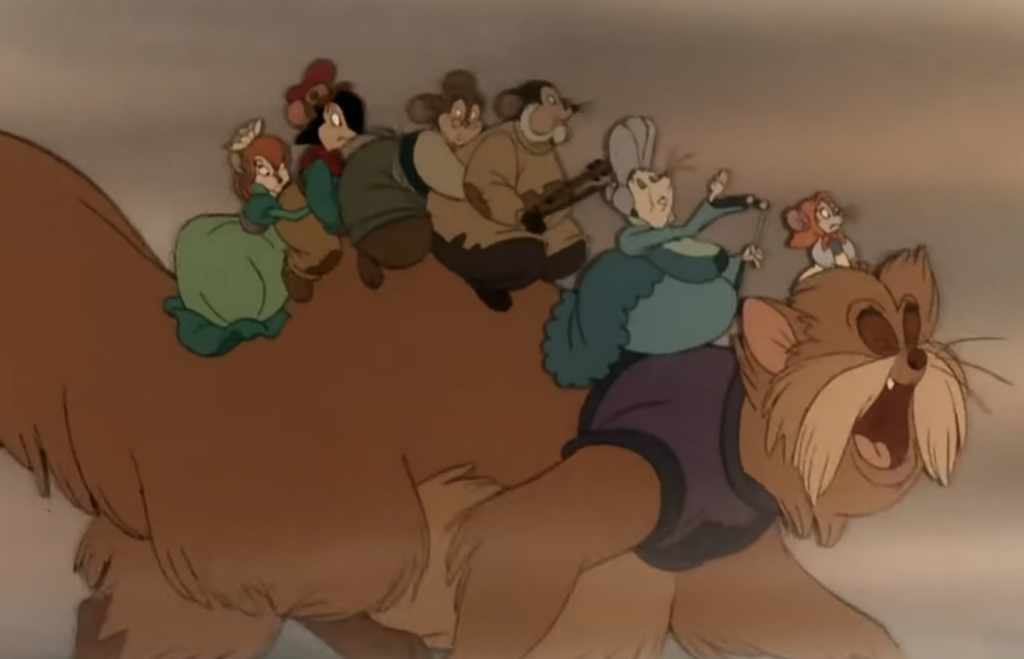
It doesn’t shy away from depicting the hardships faced by immigrants, from discrimination to exploitation. It does so in a manner that’s both informative and daunting. Through the eyes of Fievel, young viewers are introduced to the idea of perseverance in the face of adversity and the importance of holding onto one’s dreams.
The animation in An American Tail is nothing short of breathtaking. Bluth’s meticulous attention to detail is evident in every frame of the film. The characters are expressive, and their movements are fluid and natural. The attention to detail in recreating the settings of 19th-century New York, complete with cobblestone streets and towering buildings, adds to the immersive quality. Again, something you rarely see in animated movies today.
The movie also does a great job portraying diversity and the melting pot that is America. Now I know how that might sound, but I’m talking real diversity, not the manufactured stuff we get today. Throughout Fievel’s journey he encounters a diverse array of characters, including Italian, Irish, and Chinese mice, as well as a compassionate French mouse.
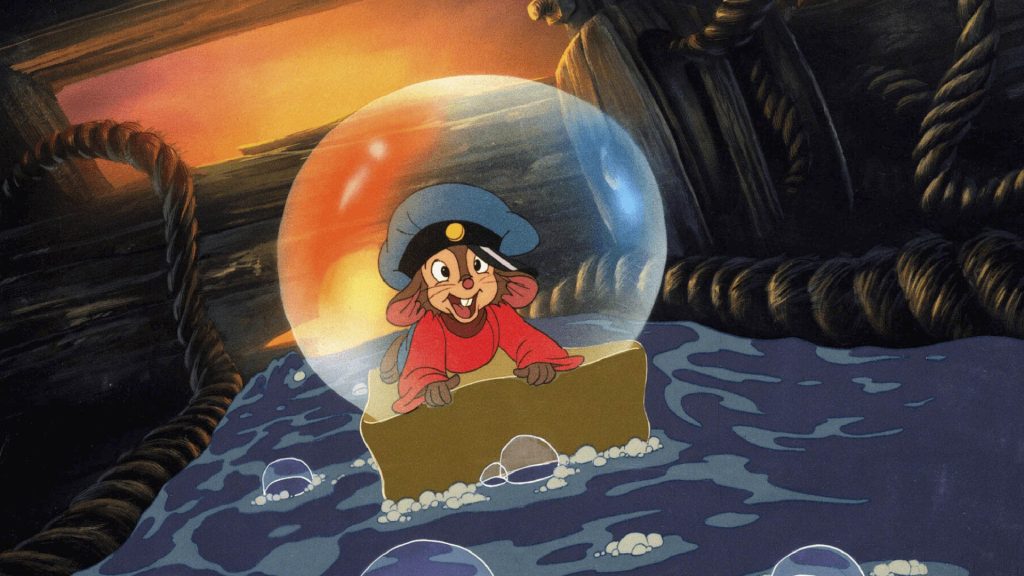
These interactions highlight the message of unity, emphasizing that America is a land of opportunity for all. This is a message that wouldn’t be widely accepted in current year. Mostly due to the fact, no matter how difficult the journey, the pursuit of a better life is worth every effort.
An American Tail is a cinematic masterpiece that has stood the test of time. The stunning animation, memorable characters, and great music come together to create an unforgettable experience. I hadn’t watched this in probably 30 years and the whole time it was almost as if I watched it just yesterday. It’s a testament to the power of storytelling in animation and remains a cherished classic.

Check back every day for movie news and reviews at the Last Movie Outpost


